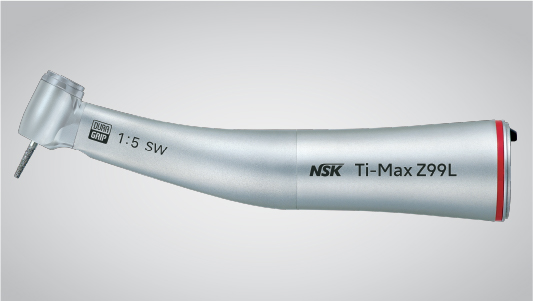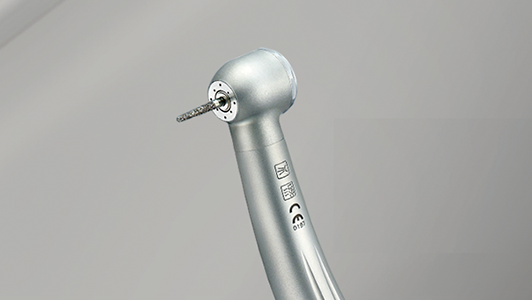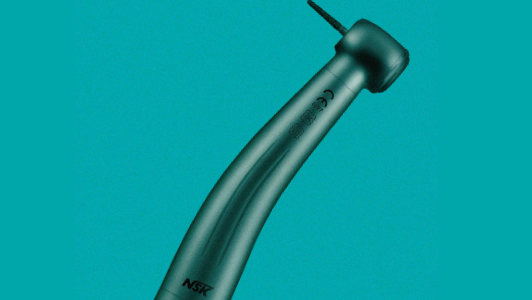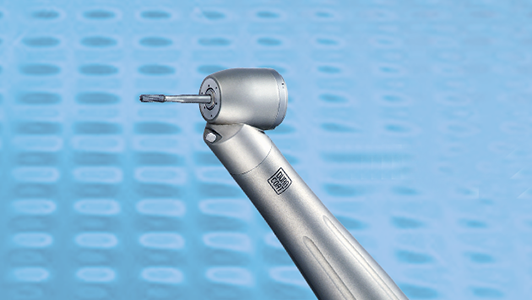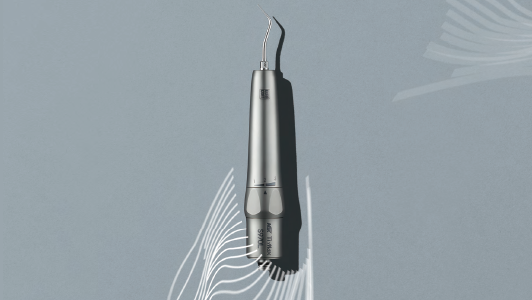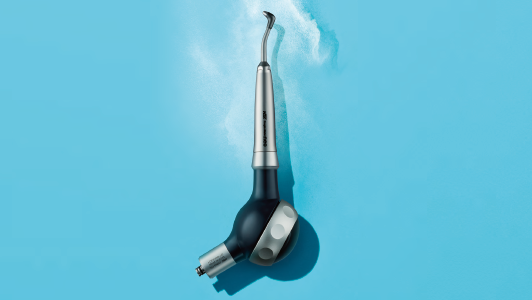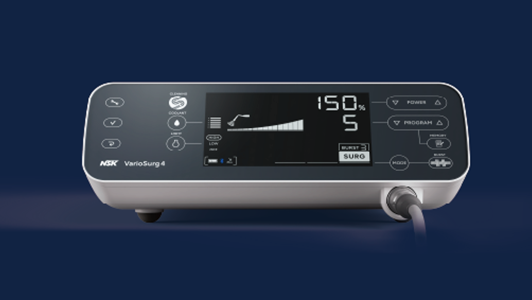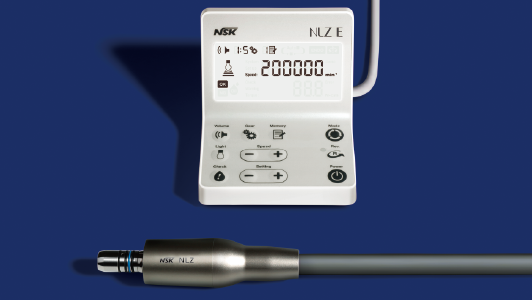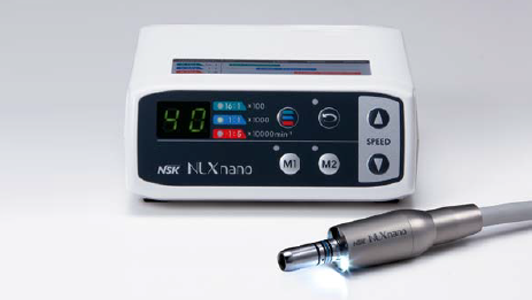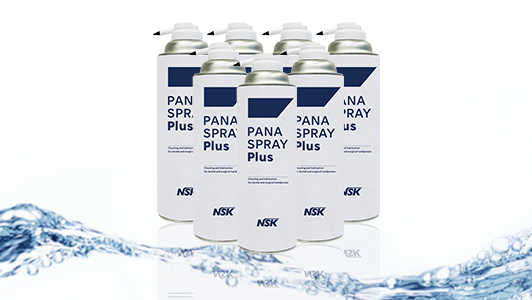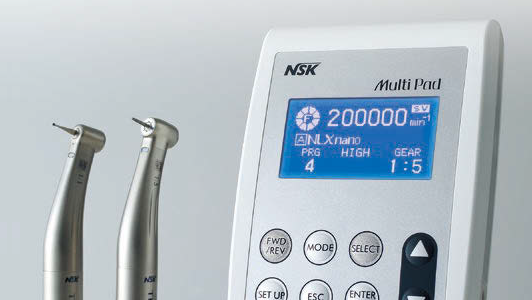
Have no fear – ‘the calming dentist’ is here

 On 9th September 2021 Dr Niall Neeson will present “Finding joy in treating the dentally anxious patient” as part of the NSK Ikigai Oral Health Programme Webinar Series. For more information visit www.mynsk.co.uk/ikigai-webinars/ and request to join
On 9th September 2021 Dr Niall Neeson will present “Finding joy in treating the dentally anxious patient” as part of the NSK Ikigai Oral Health Programme Webinar Series. For more information visit www.mynsk.co.uk/ikigai-webinars/ and request to join
Moderate dental anxiety has been estimated to affect 36% of the population in the UK, with extreme dental anxiety or phobia affecting around 12%[i], making dental anxiety all too real an issue. One dentist, Niall Neeson, the so-called “Calming Dentist’, is tackling dental anxiety head-on and here he explains his philosophy, his ambitions and why every phobic patient deserves a bespoke approach.
In recent years I’ve been able to really embrace my passion for helping people who suffer with a phobia of dentists and severe dental anxiety by establishing Dental Fear Solutions, a treatment protocol aimed at supporting dental-phobic patients in the most effective way possible.
The approach I use is centred around the fact that everyone’s fear is unique to them with different experiences contributing to how they respond to the dentist. Factors such as genetics, family influence, mental health issues, even a history of trauma or abuse – there are so many different reasons and each patient has a unique set of circumstances with individual concerns, priorities and goals.
With this in mind, it makes complete sense that you cannot treat dental anxiety with a ‘one size fits all’ approach – it’s about finding the strategy that works for that specific person. For some that could be sedation or even a general anaesthetic while for others hypnosis or CBT might be the answer. However, for many, simply providing a bit of extra time and emotional support is enough to make progress. It’s really about working with the patient to find the right path and ultimately this gives the best chance of overall success.
Listening to my patients
I’m very much led by where a patient is at a given moment and for some their fears and anxieties are such that they cannot consider having any treatment without sedation. If that’s the extent of their fear then I believe it’s a justified approach because the alternative is often avoidance of treatment, which can lead to disease.
I always ask patients what they want to achieve by being at our practice and so many of them say, “I just want to be a normal patient; I want to be able to come for a routine check-up and if I have tooth ache I can have it seen to, rather than putting it off until I’m in agony and I have no other option.” I love it when people say these things because these are my goals too, and they’re achievable.
I consider ‘Phase A’ to be achieving dental health and treating problems such as infection, decay or gum disease and once we get to that point we can reassess. Many patients are often in a very different place by then, and sometimes just a few appointments down the line we’re having very different conversations.
What we, as dentists, need to appreciate is that even walking through the door of a surgery and sitting in the chair can be a massive milestone for an anxious patient. Two of the most difficult steps for them are reaching out and initiating the process and then actually attending on the day so people who manage to achieve this should be applauded.
The treatment process
I always start with a pre-appointment phone call to introduce myself as I find this not only helps patients get through the door, but it also works as an initial consultation.
I find it’s helpful to reduce triggers as much as possible and the dental chair is a trigger for example. It can be such an emotional experience for anxious patients to even sit in the chair so you just need to take it one step at a time. Sometimes I even cover the chair whilst they enter the room so they know they’re not sitting in it. They can have a seat in a normal chair where we can have a chat, allowing their adrenaline levels to reduce and to build a little trust so they’re in a better place to consider actually getting into the chair.
I’ve always enjoyed treating nervous patients and I have a lot of tools at my disposal allowing me to treat a broad spectrum of patients. I’m passionate about emphasising the positives that come with treating nervous patients but there’s no doubt that supporting and managing someone with dental anxiety does take time.
One of the most beneficial things we can do is to give someone their smile back because it affects everything they do and these patients in turn become very loyal. This can be a real practice builder because it’s not just about a one-off appointment, it’s about building a long-term relationship with the patient.
Getting the message across
On 9th September I will present “Finding joy in treating the dentally anxious patient” as part of the NSK Ikigai Oral Health Programme Webinar Series. The webinar will focus on practical tips that can be used straight away for the management of dental anxiety. I’ll also talk about how dental professionals, including hygienists and therapists, can break the vicious cycle of dental fear. I want to make the management of dental anxiety more enjoyable and reframe it so people understand that it can be both a rewarding and positive experience and this event is a great opportunity to start to do just that. For more information visit www.mynsk.co.uk/ikigai-webinars/ and request to join the webinar.
I’ve also created an Instagram page (@thecalmingdentist) to offer support and hope to people that suffer with dental anxiety and to let them know that they’re not alone. The biggest benefit is if they’ve seen me on Instagram, they have a really good feel for my approach and they come for an appointment already knowing what to expect. It’s a rapport builder before they even arrive at the surgery and helps lay the foundations for success.
Niall Neeson BDS (Hons) Dip Con Sed is an associate dentist at Boyne Dental and Implant Clinic in County Meath, Ireland.
[i] http://www.bsdht.org.uk/mag/reducing-anxiety-in-adult-dental-patients
